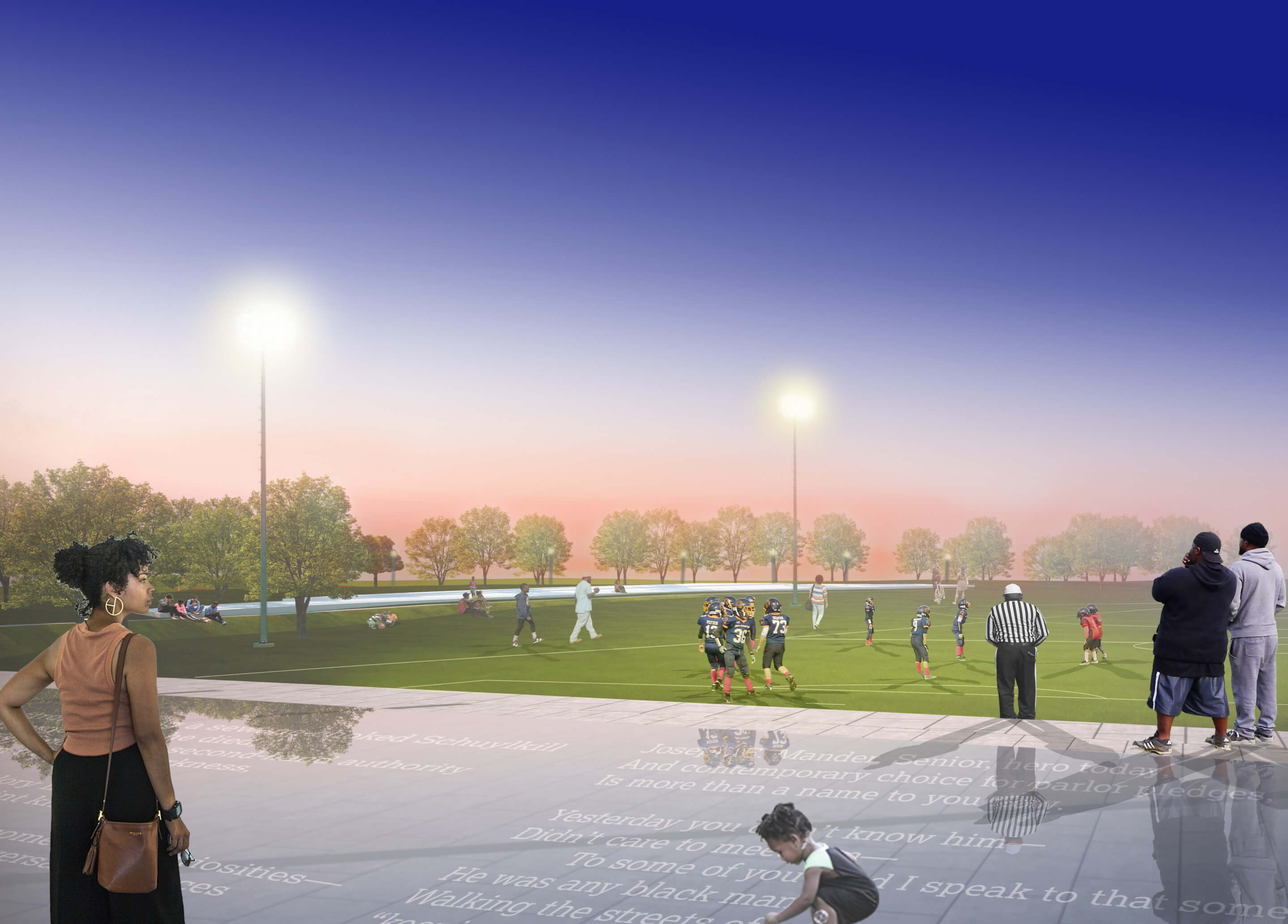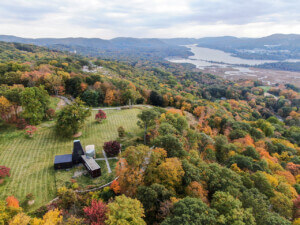This article is part of our series of profiles on the Architectural League of New York’s 2021 Emerging Voices winners. The full list can be found here.
It is customary within the architecture and planning fields to match site and program to projected patterns of use. But landscape architect Sara Zewde, principal of the Harlem, New York-based Studio Zewde, which specializes in designing public parks and art, is suspicious of this routine approach. “I think it’s important to question the assumptions underlying terms like ‘site’ and ‘typology,’” Zewde said. “The method we follow in the studio is essentially not to take anything for granted.”
Zewde knows that such an approach may have politically charged results. She encourages her students at Harvard’s Graduate School of Design—her alma mater—to pursue political topics. As a 2019 Dumbarton Oaks fellow, she studied the writings of Frederick Law Olmsted before setting out to retrace a journey he had taken in the American South. Olmsted, the father of the landscape discipline and a fervid progressive, drew out the brutal economic and social forces that imprinted themselves on the soil of “the Cotton Kingdom.” “The physical conditions he described have changed significantly,” Zewde said. “However, the social conditions of those places are fossilized and remain just as he described them.”

The refusal to take things for granted can also be creatively generative. Often, it has led Zewde down unexpected avenues of research to uncover origin points. For instance, a proposal to convert an abandoned Philadelphia pier co-opted by graffiti artists into a public park prompted her to look into a subculture to which she had little previous exposure; meetups with artists and community workshops followed, all before Studio Zewde began drawing up any plans. In her longest-running project, a monument for Rio de Janeiro’s Valongo Wharf, she combed through archival material related to the history of the wider port and its central role in the transatlantic slave trade. Zewde also studied the cultural traditions of Afro-Brazilians, reconceiving the space of the memorial as one of reflection and performance.
With several major projects on the docket—including a five-acre park in Pittsburgh’s historically Black Homewood neighborhood—Zewde persists in combating the shibboleths of her field. Landscape has adopted the rubric of resilience as an overarching frame, but its manifestation in individual projects can often feel like an add-on or PR spin. Zewde sees things differently: “In all the places we work we are dealing with time. There’s a resilience of places and people that outlasts us and has preceded us. Sometimes designing to amplify the resilience that’s already within people is what an environment can do.”











